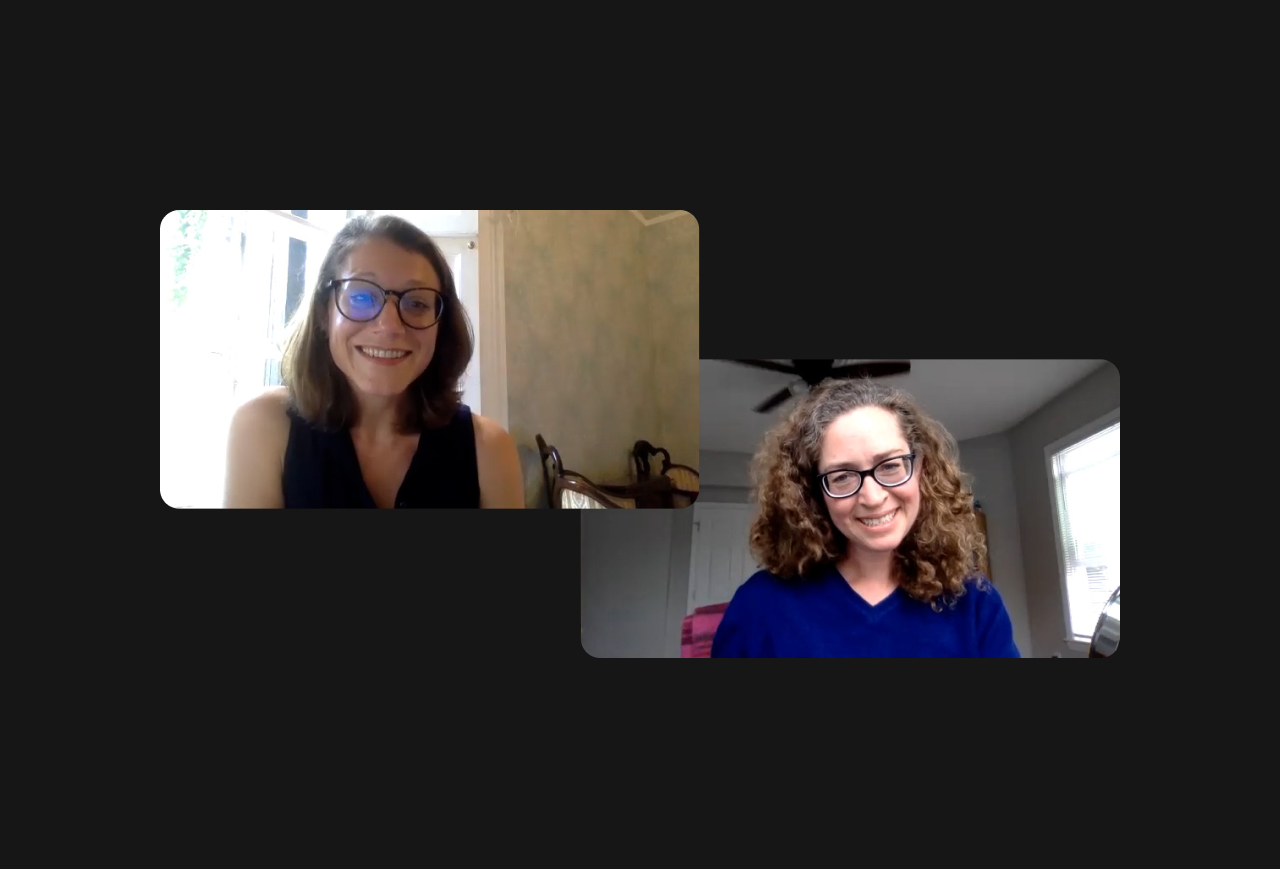The current issue of African Security Review includes several papers that developed out of research from the World Peace Foundation’s African Peace Missions research program, directed by Mulugeta Gebehiwot Berhe. The articles in this issue are open access, and we will be posting key excerpts from each on this blog. The African Peace Missions program culminated in a report submitted to the African Union, African Politics, African Peace, that charts an agenda for peace in Africa, focusing on how the African Union can implement its norms and use its instruments to prevent and resolve armed conflicts.
Below is an excerpt from “Peace and the Security Sector in Sudan 2002 – 2011″ by Alex de Waal.
The most succinct document of Sudan’s Comprehensive Peace Agreement (CPA) is Chapter VI, ‘Security Arrangements’.Signed in Naivasha, Kenya, on 25 September 2003, it runs to a little more than three pages – by far the shortest of the protocols and annexures that comprise the CPA. Nowhere is security sector reform (SSR) mentioned by name. For the Government of Sudan (GoS), the central issue is resolved in Paragraph 7(a), which states: ‘No armed group allied to either party shall be allowed to operate outside the two forces’This provision entitled the Sudanese Armed Forces (SAF) in northern Sudan and the Sudan People’s Liberation Army (SPLA) in southern Sudan to deal with any ‘other armed groups’ (OAGs) in whatever manner they so wished, whether by incorporating them, dismantling them, or fighting them on the battlefield. Note that the word ‘groups’ dissolved any differences between militia, bandits and resistance movements, and denied any political legitimacy to those groups considered resistance movements.
The September 2003 Protocol is, in fact, more of a framework agreement than a full agreement; it is to be found in the CPA’s Annexure I, ‘Permanent Ceasefire and Security Arrangements Implementation Modalities and Appendices’. This is a far more detailed document running to 41 pages, which was signed only hours before the expiry of the United Nations Security Council (UNSC) deadline for concluding the negotiations on 31 December 2004. Between those two dates, what had appeared at first to be a straightforward agreement between the belligerents became a highly complicated negotiation over all aspects of how to handle the disengagement and withdrawal of forces, and their assembly in predetermined locations and (in many cases) transfer elsewhere. The dates are also close to the beginning and end of major armed hostilities in Darfur: while the negotiators were meeting in Kenya, the SAF and their militia were engaged in fierce combat with the Darfurian rebels.
The December 2004 Annexure makes reference to the disarmament, demobilisation and reintegration (DDR) of former combatants (Annexure I, Part III), to the ‘proportionate downsizing’ of the SAF and SPLA (paragraph 19), and to police reform (paragraph 22). The Annexure also details diverse aspects of command and control, training and the doctrine of the SAF and SPLA, especially in the context of the Joint/Integrated Units (JIUs) set up under the CPA, which are composed equally of soldiers from the two armies in order to serve as the nucleus of a new Sudan National Armed Forces in the event of national unity (paragraph 21), with a new military doctrine and new training developed for them in the meantime.
The CPA set up an autonomous Government of Southern Sudan (GoSS), dominated by the Sudan People’s Liberation Movement (SPLM), to administer that region autonomously during a six-year interim period until the referendum on self-determination in southern Sudan in January 2011, and (following the outcome of the referendum) the independence of South Sudan in July of that year. The GoS and SAF were content to let the GoSS and SPLA determine their own SSR strategy, including dealing with OAGs by force or absorption and, in the event, massively expanding the size and capacity of the SPLA.
Within northern Sudan, and notably in Darfur, the GoS and SAF assumed the commensurate entitlement to determine how to deal with rebellions. The war in eastern Sudan, pitting the Eastern Front against the GoS and SAF, was settled by negotiations in October 2006. The war in Darfur was fought fiercely. In the subsequent Abuja negotiations for the Darfur Peace Agreement (DPA), the GoS negotiators insisted that the CPA security arrangements applied: they had the right to set the terms on which the Darfurian armed movements (which they initially termed ‘OAGs’) were demobilised, and individual combatants were selected for integration into SAF and other security forces.
The guiding principle for security negotiations is the famous remark by Mao Zedong that power grows out of the barrel of a gun.The ‘ideal type’ of peace process is a negotiated settlement that permanently transforms the pursuit of political power through war to the pursuit of political goals by means other than war. The negotiations and agreement consist of backwards-looking measures to ensure that the interests of those who have been involved in the fighting are accommodated, interim measures to silence the guns, and forwards-looking measures for how the new political settlement will be constituted.
Three principal features animated the security arrangements for the CPA, the subsequent negotiations over Darfur (2005–6), and the post-referendum arrangements for the separation of Sudan and South Sudan (2011). These are, first, the expectation of new armed conflicts by both sides; second, political leaders’ need to consolidate internal control within their own territories and coalitions; and, third, the interests of the army as a distinct political-economic actor.

